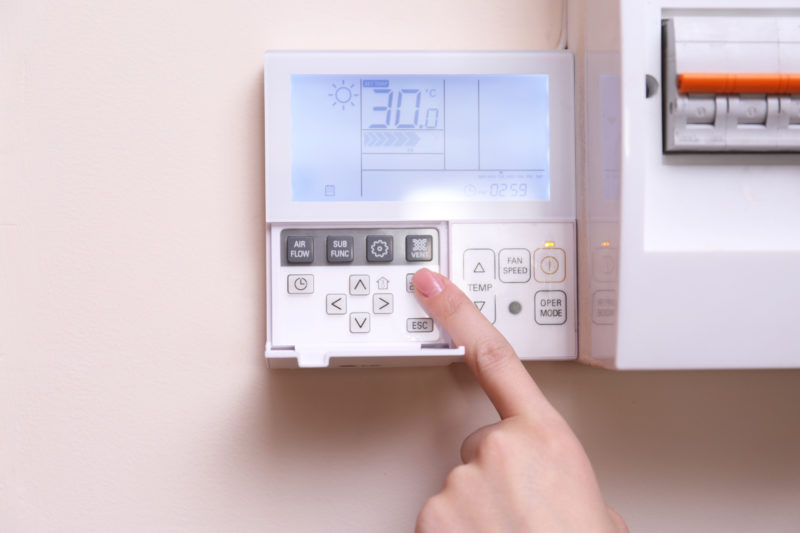Problems with heating systems always seem to occur at the worst possible moment. But when it’s freezing outside and your system just isn’t pumping out the necessary amount of heat, it’s easy for a Dover, Delaware, resident to drop everything and call to arrange for prompt, reliable HVAC service. And while your HVAC technician is always happy to help, there are some things you can check before calling to see if the problem is something you can address yourself.
Filters
The most common furnace issue has to do with the system’s filters, and it’s actually an easy problem to spot. Filters are designed to clean the air and remove debris. Over time, a filter will become dirty and clogged, which reduces the airflow that can pass through it. This can result in heat and pressure buildup inside the furnace.
Thankfully, newer furnaces are designed to automatically shut down when this happens, alerting you so that you can have the filter cleaned. If you have an older model, however, the furnace will continue to work, but at a limited efficiency and reduced heat production.
To avoid this problem, inspect your filter for any debris accumulation. If it’s dirty, you’ll need to replace it; just don’t settle on cheap filters. You’ll also want to listen for any filter damage while the furnace is running. Whistling noises may indicate that something is wrong with the filter.
Thermostat
This one may seem obvious, but many homeowners make the mistake of entering the wrong temperature settings for gas furnaces. When using the furnace, make sure that the thermostat’s setting is switched to “heat.” In some cases, the switch may have been accidentally moved or changed.
You’ll also need to adjust your heat settings to a temperature that will allow the furnace to turn on. Since it can take a minute or so for the fan and heat to kick in, be patient and see if it turns on. If not, turn the thermostat up to 90 degrees until you’re finished with your troubleshooting inspections.
Circuit Breaker
Tripped circuit breakers are a common cause of what appear to be heat system malfunctions. Check the circuit breaker early on in your inspections when the heating system isn’t working properly. Locate the circuit that controls the system and make sure it’s on. You can ensure it’s in the proper position by first turning it all the way off and then all the way back on.
Furnace Switch
In addition to the circuit breaker, furnaces have what’s aptly named the furnace switch. This is a power switch often located on a nearby wall or on the unit itself that looks like a typical light switch. Since it’s often unlabeled, you may not think of searching for the furnace switch, but it’s easy to figure out whether it’s in the “on” position.
Simply switch it up and see if the furnace comes on within a couple of minutes. In most cases, these switches are turned off by accident since most homeowners aren’t aware of their use, and being aware of it can help you ward off unnecessary maintenance calls.
Batteries
While most furnaces have their thermostats wired into the home’s electrical system, others use batteries. If your furnace does use batteries, see if you can locate a low-battery indicator. This indicator usually flashes when the batteries are in need of charging. Just replace the batteries and see if the problem resolves itself.
Furnace Code
Older furnace models that were installed during the 1990s and before tend to have small windows with light indicators. When something is wrong, a code might flash to let you know what’s going on. This code will typically only occur after you’ve turned the furnace switch off and on again. A code legend should be located inside the furnace access panel. Knowing the exact problem can help you determine whether or not you need professional HVAC help.
When you’ve exhausted these troubleshooting tips and need to call in the experts, contact Griffith Energy Services at 888-474-3391. And, when in doubt, feel free to schedule a heating repair!
Image provided by Shutterstock




